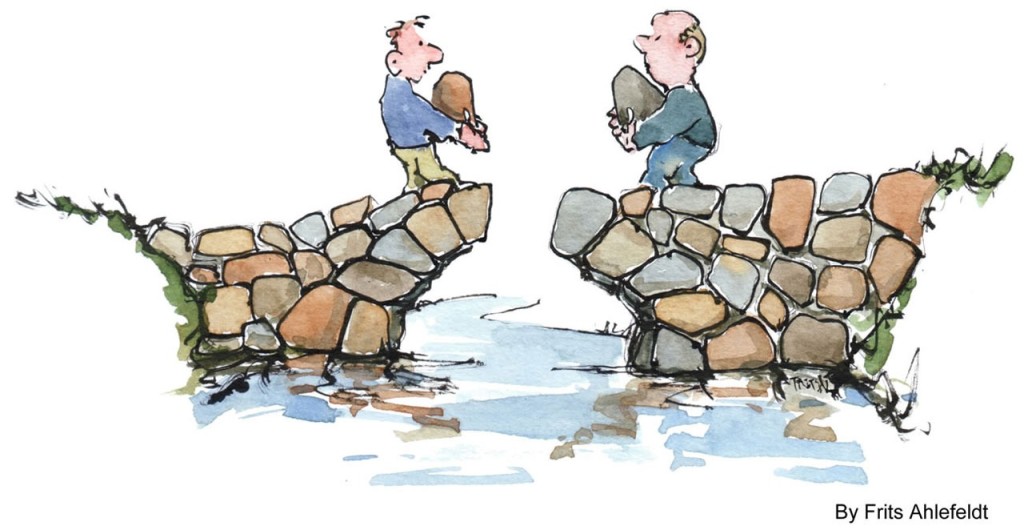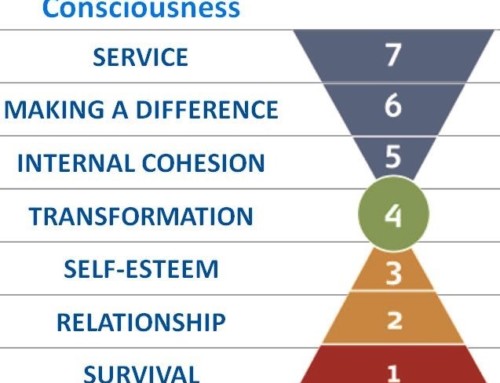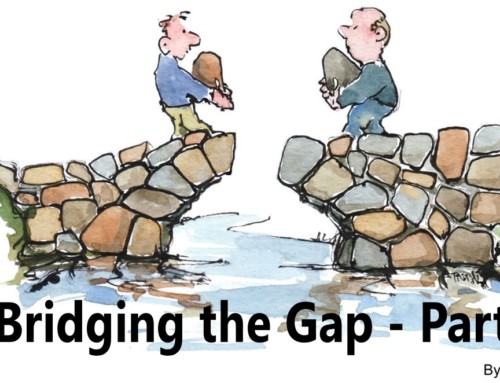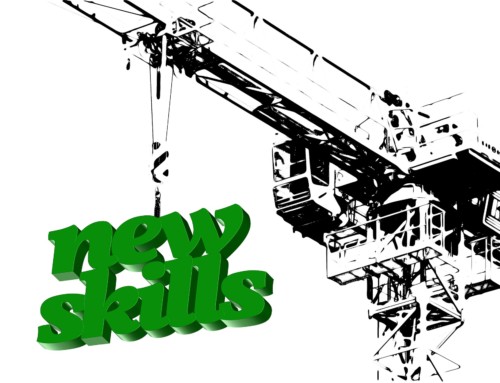
Organizations of all types must navigate the complexities of today’s economic environment and the shifting priorities of their workforce, customers and communities. At the surface, dealing with the volatility, uncertainty and ambiguity can feel overwhelming and confusing. But when you look below the surface you can sense an erosion of trust at all levels: between managers and employees, among employees and teams, between customers and the organization or even between the organization and community.
When trust is missing we tend to get resentful and blame the other party or become resigned that no action can make a difference. In short, accountability and engagement goes out the window. However, our experience shows that much can be accomplished to rebuild trust simply by having more meaningful conversations, particularly coaching conversations.
Defining the Culture Gap
The challenges facing the majority of organizations today are remarkably similar. While each organization is unique, when culture issues are measured with a developmental lens we can see that many organizations are experiencing a similar set of issues, varying mostly in severity and degree of dysfunction. See if you recognize any of these issues in your organization outlined in the chart below.
Common Culture Gap Challenges
| Too Much of This | Not Enough of This |
| Short term focus on profit and cost control | Long term financial health |
| Finger pointing and internal competition | Care for customers and employees |
| Confusion, bureaucracy and long hours | Efficiency and commitment to excellence |
| Silos and lack of transparency | Accountability, teamwork and innovation |
| Command and control | Empowerment, shared vision and values |
| Telling and directing subordinates | Coaching and developing people |
| Focus on the next quarter | Focus on sustainability and community |
Crossing the Chasm with Trust
In our experience measuring organizational cultural, approximately 3 out of every 4 organizations are facing some version of the gap outlined above. Invariably, this can be traced to a single underlying element: trust. Low trust organizations have many if not most of the issues on the left, while high trust organizations display far more of the behaviors on the right. Fortunately, there are proven ways to build, re-build and/or increase trust with a focus on a handful of leadership behaviors that produce the required shifts in mindset necessary to create a culture of high trust.
I’ll cover how to get people to change their behavior to fix trust issues in Part 2.






Great stuff, Tom – thank you!
I just had this exact conversation with an executive in our organization earlier this week. I’m looking forward to your next post, Tom! Thanks.